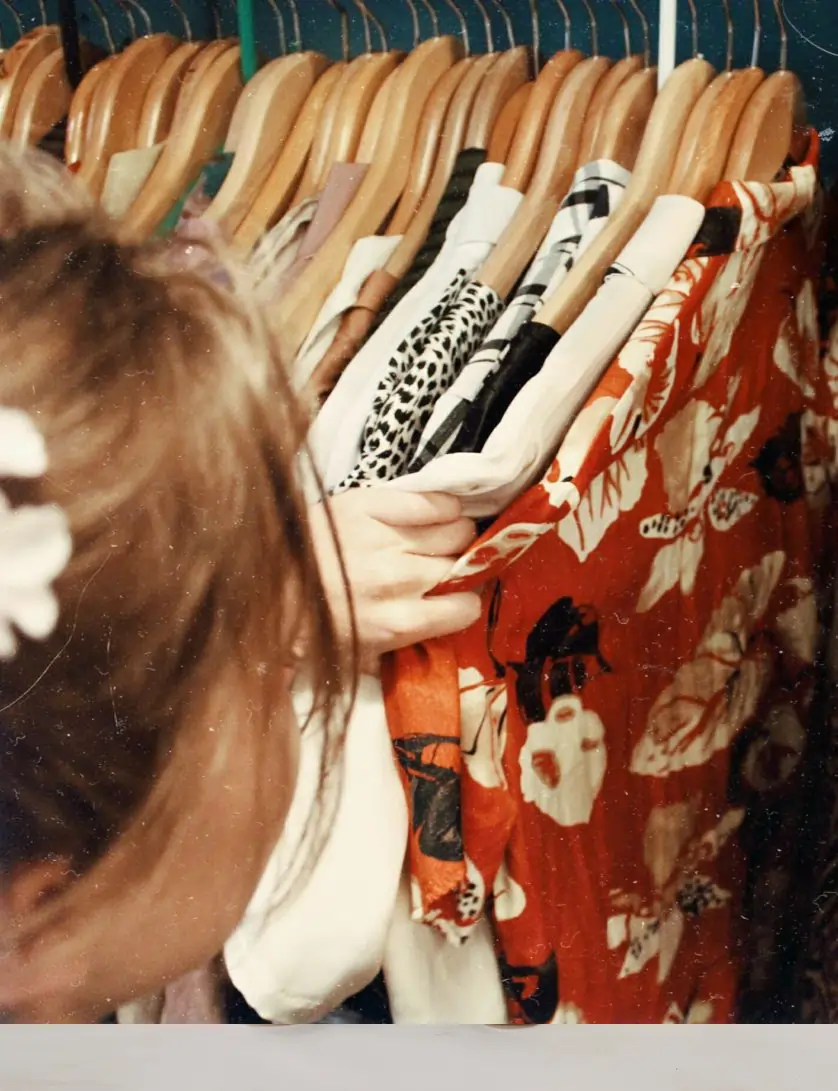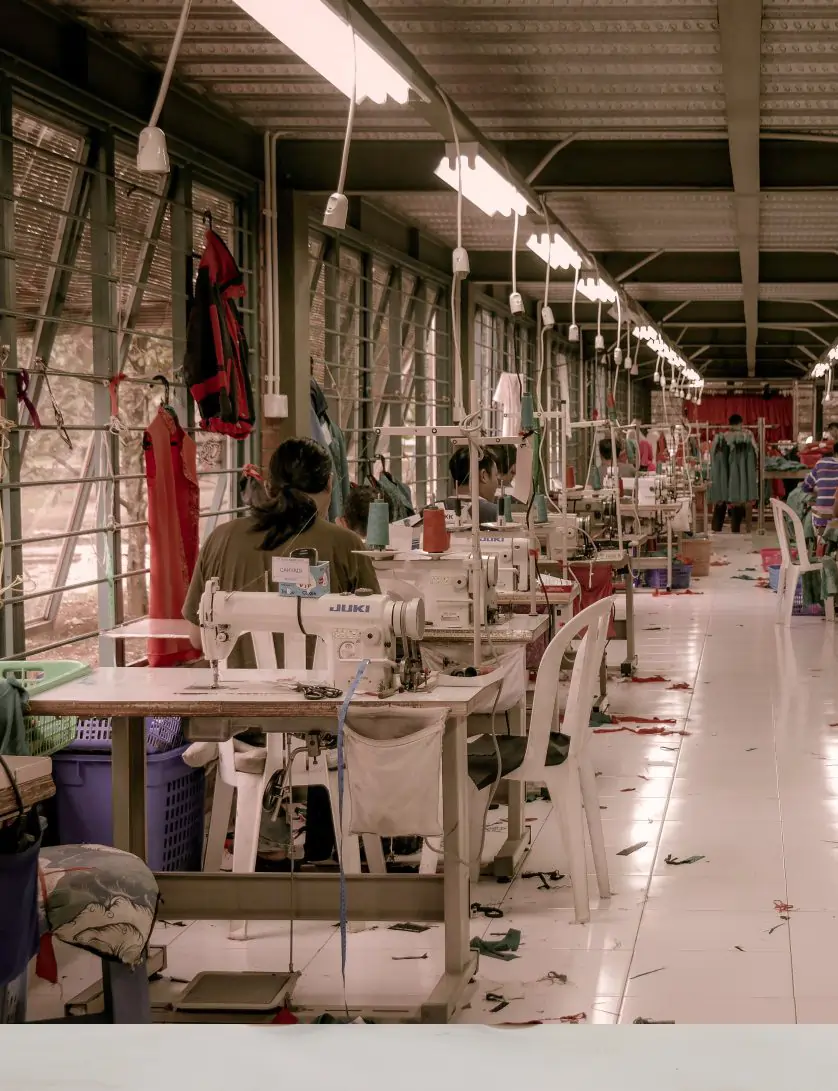The Hidden Costs of Cheap Fashion
The £10 shirt: How do they make any money?
Ever wondered how that men’s tailored shirt is only £10? How can the business make any money? Firstly the clothing will have VAT on it – that is 20% off already. Then there is the overheads of the store; rent, business rates, staff and utility bills. The shirt had to be transported to the shop in the first place so there is also a delivery cost. Seems impossible right? The answer is of course fast fashion and the many methods they use to get the cheapest possible clothing through the exploitation of cheap labour, 80 % of whom are women, and low cost materials. Fast fashion started in the 90’s and today is more rampant than ever. It is having a devastating impact on communities around the world and continues to destroy the environment and ecosystem. Only the oil industry is more damaging to our planet.
History of fast fashion
The concept of ‘fast fashion’ began with the mass production of cheap quality clothing, with the term officially being coined in the 1990s by the New York Times, with Zara’s new accelerated production model being their inspiration – where clothes were taken rapidly from the design stage, inspired by Fashion Week, to the stores for anyone to buy. Now it is synonymous with cheap ever changing garment collections and the damaging effects are becoming better known.
The Fast fashion industry today
Clothes continue to get cheaper despite many other prices in the economy continuing to rise. When there is a cost of living crisis across many western economies where prices continue to rise, how is so much clothing still so cheap?
The fast fashion model is based on low input costs, low retail prices, and high volume. Further, this model is extremely price-sensitive,
so companies always look to reduce costs to beat the competition.
An alternative to this model is quality clothing that is made to last and is timeless and therefore never goes out of fashion. A good example of this is our heritage
jackets and coats with special attention to our flagship
men's trench coat.
This strategy has serious implications as clothing remains a very labour-intensive industry. The industry employs over 40 million garment workers, many of whom are women living in developing countries. Labour wages remain one of the biggest contributors to the unit cost. As a result, brands continue to seek out countries where labour wages are low. In these countries, it is not just a case of low wages, but also many companies don’t have to comply with the same health and safety rules governing developed countries. This was brought to the forefront in 2013 with The 2013 Rana Plaza factory collapse. It was later revealed that the building hadn’t been constructed properly, and it was only a matter of time before something terrible would happen.
It is not just the exploitation of cheap labour that fast fashion has to answer for. Its environmental impact is truly mind boggling. The fashion industry is responsible for around 10% of humanity’s carbon emissions. It also uses other low-cost inputs in production, including fabrics and materials. Many of these will be a polyester composition as this artificial cloth is far cheaper than natural fibres like 100% cotton, linen, or wool. The biggest issue with polyester is that it is not biodegradable. The problem worsens as fast fashion is worn once or twice and thrown away. A staggering 10,000 items of clothing are sent to landfill every five minutes. Most of this is polyester, so most clothing will never naturally degrade. Washing clothes derived from plastic fibres releases 500.000 tons of microfibres into the ocean each year. What’s more 85% of all textiles goo to the dump each year
Water usage is another significant issue.It takes about 700 gallons of water to produce one cotton shirt, enough for one person to drink eight cups a day for three and a half years. The fashion industry is the second biggest user of water in the world. Added to this the dying of fabrics often results in contamination of local supplies.
Last but not least, we have sizing issues which is a problem for most clothing brands as they all have their style and block. However, as fast fashion is so cheap, consumers are less worried if the clothing doesn’t fit. Either they will send it back or throw it away. Fast fashion reduces the need to make a thoughtful purchase.
As many of the above are unsavoury, it is understandable why many clothing brands would prefer to keep their supply chain private. There needs to be more transparency in the industry. As a result, it is tough for consumers to know where and how their clothing is made. Therefore we recommend several solutions below to help you buy better and make a more informed decision.
Conclusion
Little thought is given by the majority of the population about the harm that the cheap bargain garments they are buying have in fact been responsible for. A host of harmful environmental impacts alongside some terrible worker exploitation go hand in hand with the fast fashion industry. Even cursory thought into the price exposes these issues as the costs involved in production cannot in any way include proper remuneration for the workers that have produced it. There needs to be proper recognition of this and awareness of those that are seeking to correct the balance by offering genuinely sustainable clothing made by property paid workers.





